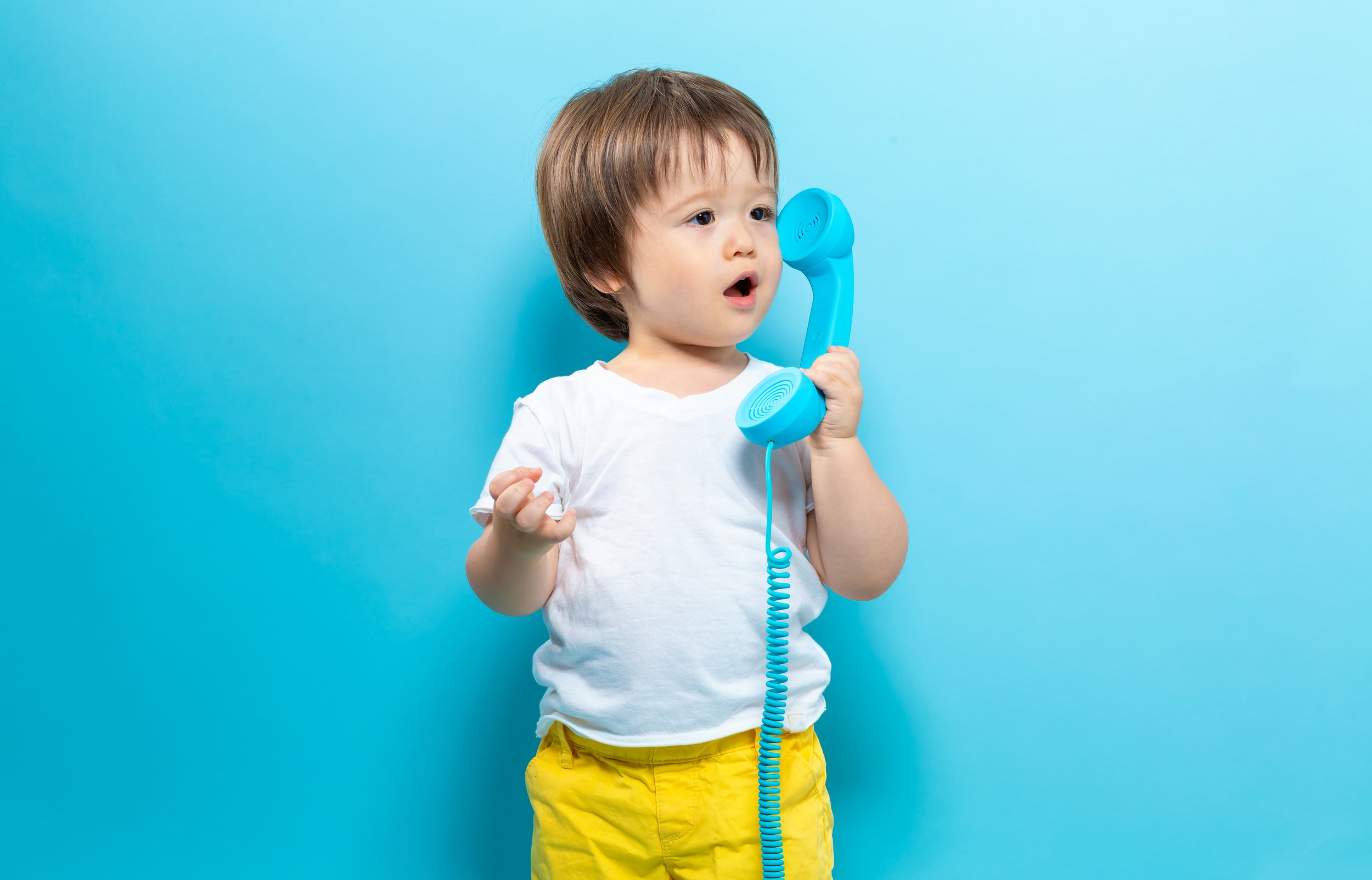
Baby Talk in Standard American English: A Comprehensive Exploration
Introduction
Baby talk, also known as infant-directed speech (IDS), is a unique form of language used by adults when interacting with infants and young children. It is characterized by exaggerated intonation, simplified grammar, and a high frequency of diminutives and onomatopoeia. Baby talk has been observed in all cultures and languages, suggesting that it is a universal phenomenon.
In Standard American English (SAE), baby talk has been extensively studied by linguists and developmental psychologists. This article provides a comprehensive exploration of baby talk in SAE, examining its characteristics, functions, and developmental implications.
Characteristics of Baby Talk
Baby talk in SAE is characterized by several distinctive features:
- Exaggerated Intonation: Adults use a higher pitch and wider range of intonation when speaking to infants. This exaggerated intonation helps to capture the infant’s attention and make the speech more engaging.
- Simplified Grammar: Baby talk often uses simplified grammar, with shorter sentences, fewer complex constructions, and a reduced use of function words (e.g., articles, prepositions). This simplification makes it easier for infants to understand the speech.
- Diminutives and Onomatopoeia: Baby talk frequently employs diminutives (e.g., "doggie," "kitty") and onomatopoeia (e.g., "woof," "meow"). These words are easier for infants to pronounce and help to create a playful and affectionate atmosphere.
- Repetition and Redundancy: Adults often repeat words and phrases in baby talk, providing infants with multiple opportunities to hear and learn the language. Redundancy also helps to emphasize important concepts and make the speech more comprehensible.
- Affectionate Terms: Baby talk is often filled with affectionate terms, such as "sweetheart," "honey," and "little one." These terms express the adult’s love and attachment to the infant.
Functions of Baby Talk
Baby talk serves several important functions in the development of infants and young children:
- Attention-Getting: The exaggerated intonation and playful nature of baby talk help to capture the infant’s attention and encourage them to engage in social interaction.
- Language Acquisition: Baby talk provides infants with a simplified and comprehensible form of language, which helps them to learn the basic sounds, words, and grammar of their native language.
- Emotional Bonding: The affectionate terms and playful tone of baby talk create a positive and nurturing environment, which helps to strengthen the emotional bond between the adult and the infant.
- Cognitive Development: Baby talk exposes infants to new words and concepts, which can stimulate their cognitive development and help them to learn about the world around them.
Developmental Implications
The use of baby talk has been linked to several positive developmental outcomes in infants and young children:
- Enhanced Language Skills: Infants who are exposed to baby talk have been shown to have better language skills than those who are not. They tend to have larger vocabularies, more advanced grammar, and better pronunciation.
- Improved Social Skills: Baby talk helps infants to develop social skills by encouraging them to interact with adults and other children. It also teaches them about the importance of communication and social cues.
- Increased Emotional Intelligence: The affectionate and playful nature of baby talk helps infants to develop emotional intelligence by teaching them about empathy, compassion, and self-expression.
Variations in Baby Talk
While baby talk in SAE has certain universal characteristics, there is also considerable variation across different contexts and individuals. Some factors that can influence the use of baby talk include:
- Age of the Infant: The use of baby talk tends to decrease as infants get older and their language skills develop.
- Gender of the Infant: Studies have shown that adults tend to use more baby talk with female infants than with male infants.
- Social Class: Parents from higher socioeconomic backgrounds tend to use less baby talk than parents from lower socioeconomic backgrounds.
- Cultural Background: The use of baby talk can vary across different cultures, with some cultures using more baby talk than others.
Conclusion
Baby talk is a universal phenomenon that plays an important role in the development of infants and young children. It provides a simplified and comprehensible form of language, which helps infants to learn their native language, develop social skills, and increase their emotional intelligence. While the use of baby talk may vary across different contexts and individuals, it remains an essential part of the parent-child relationship and a key factor in the healthy development of children.
